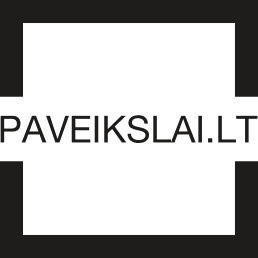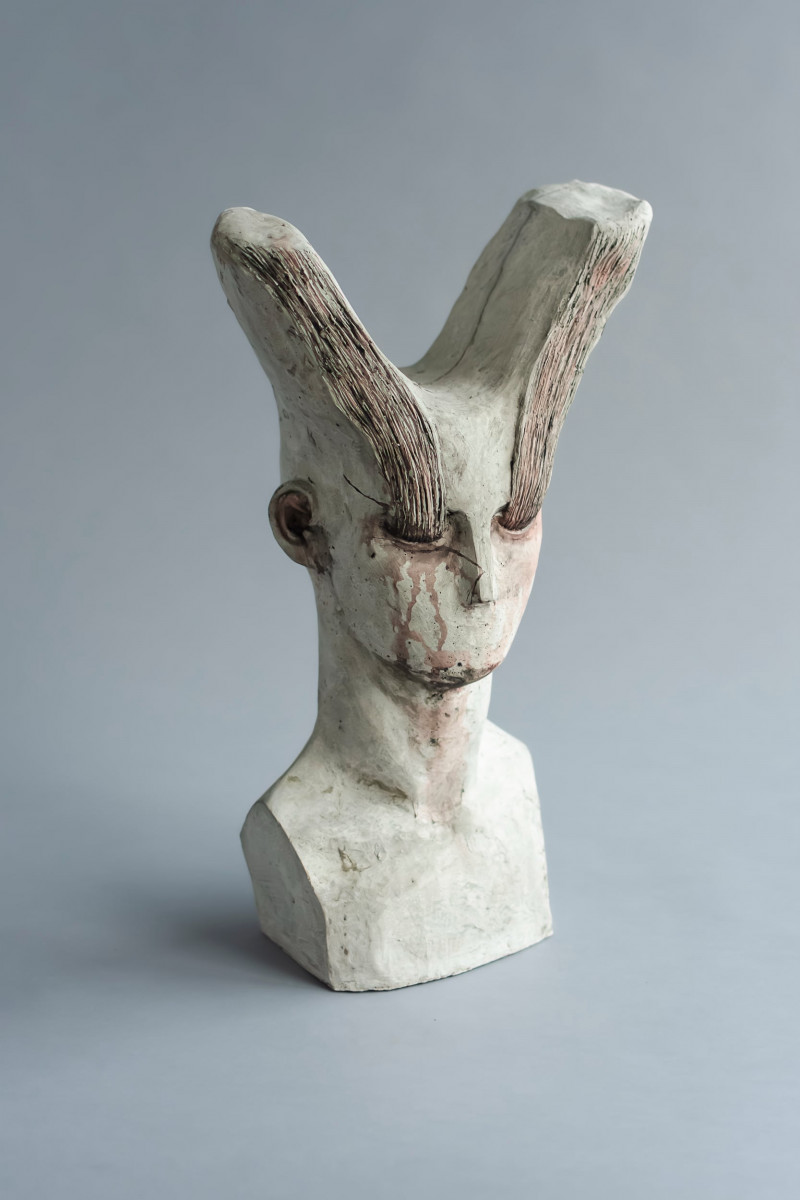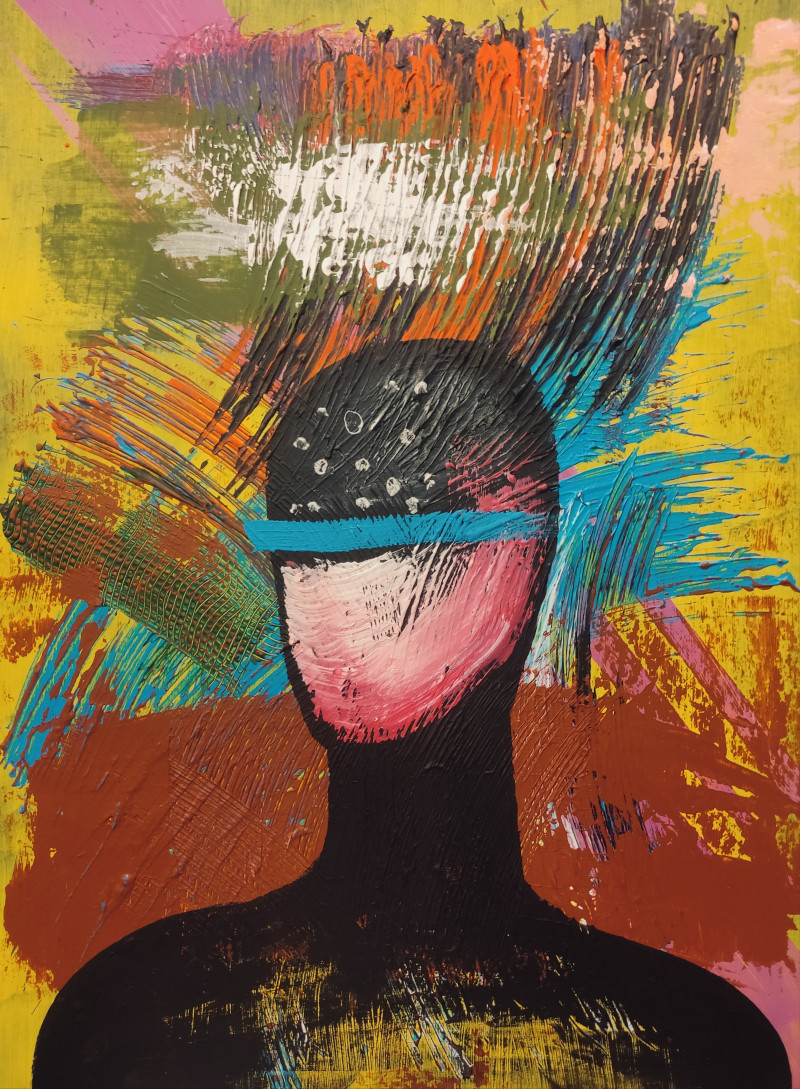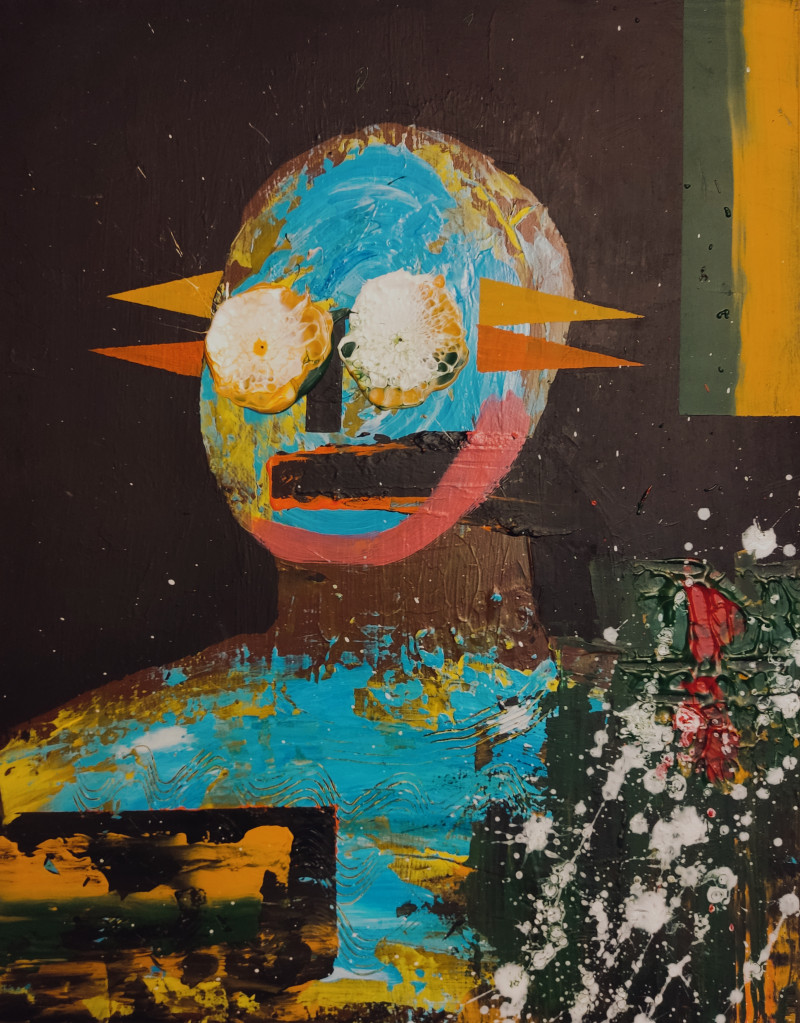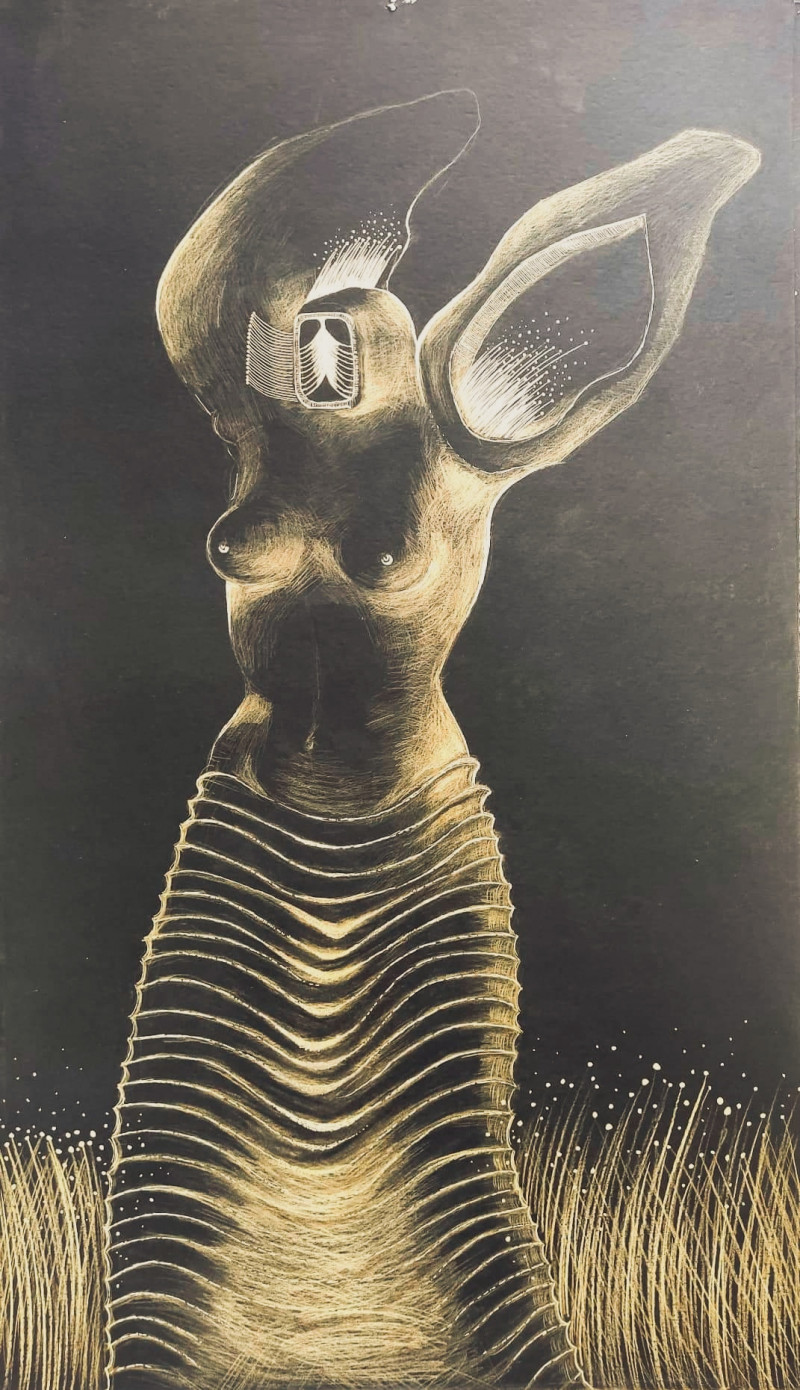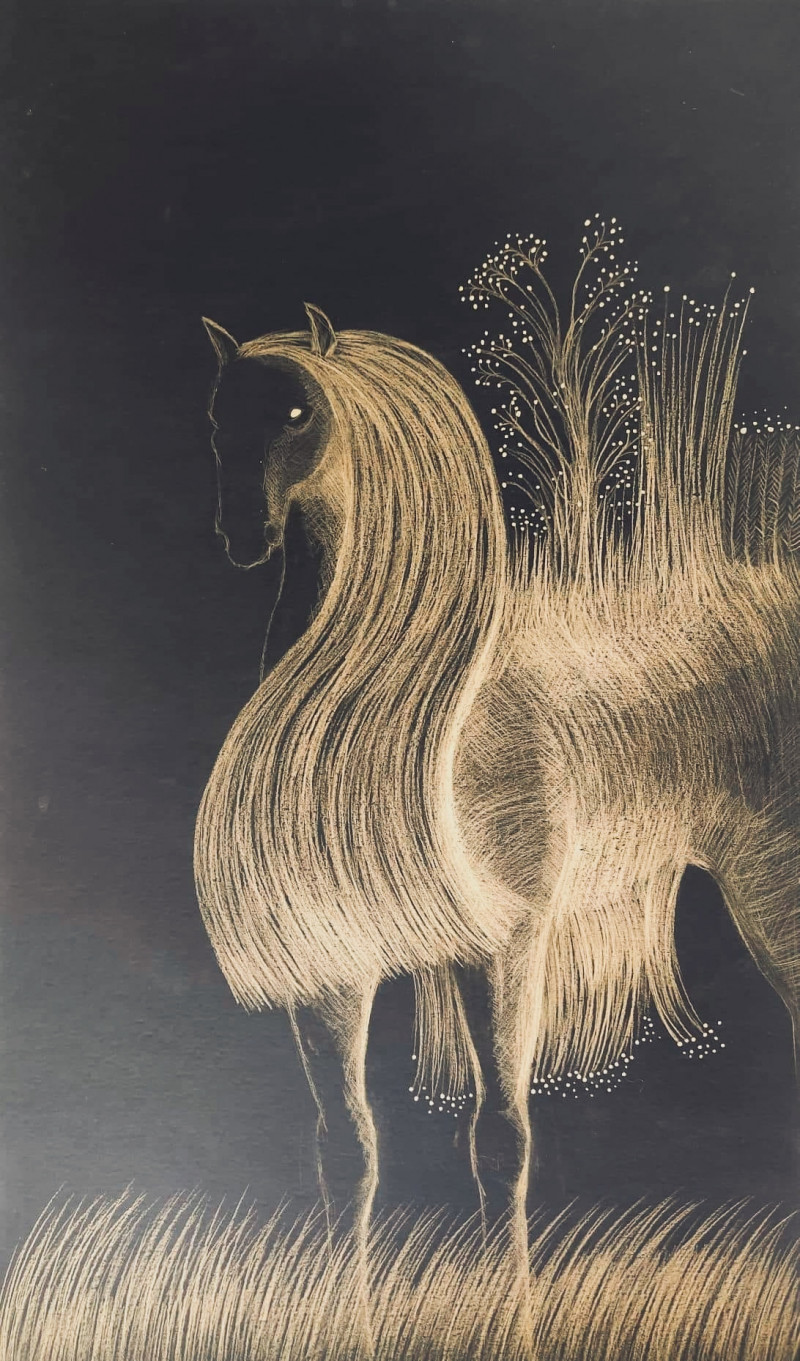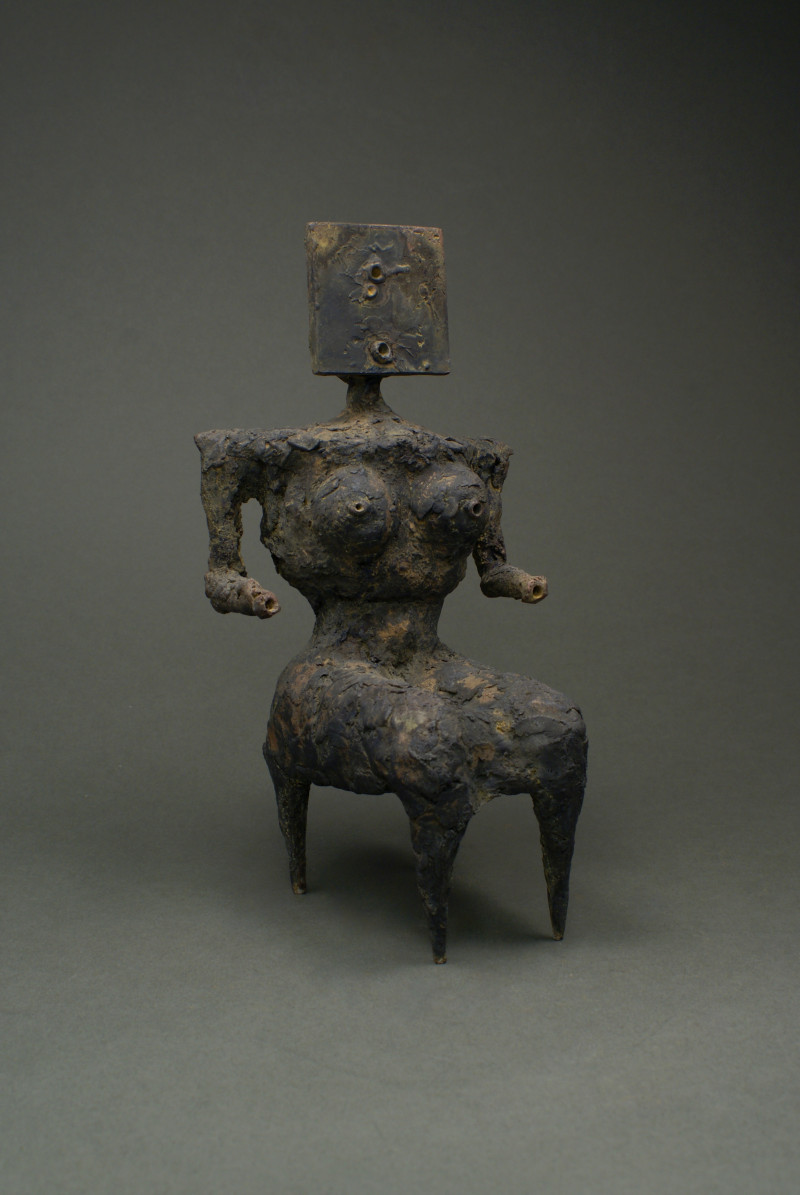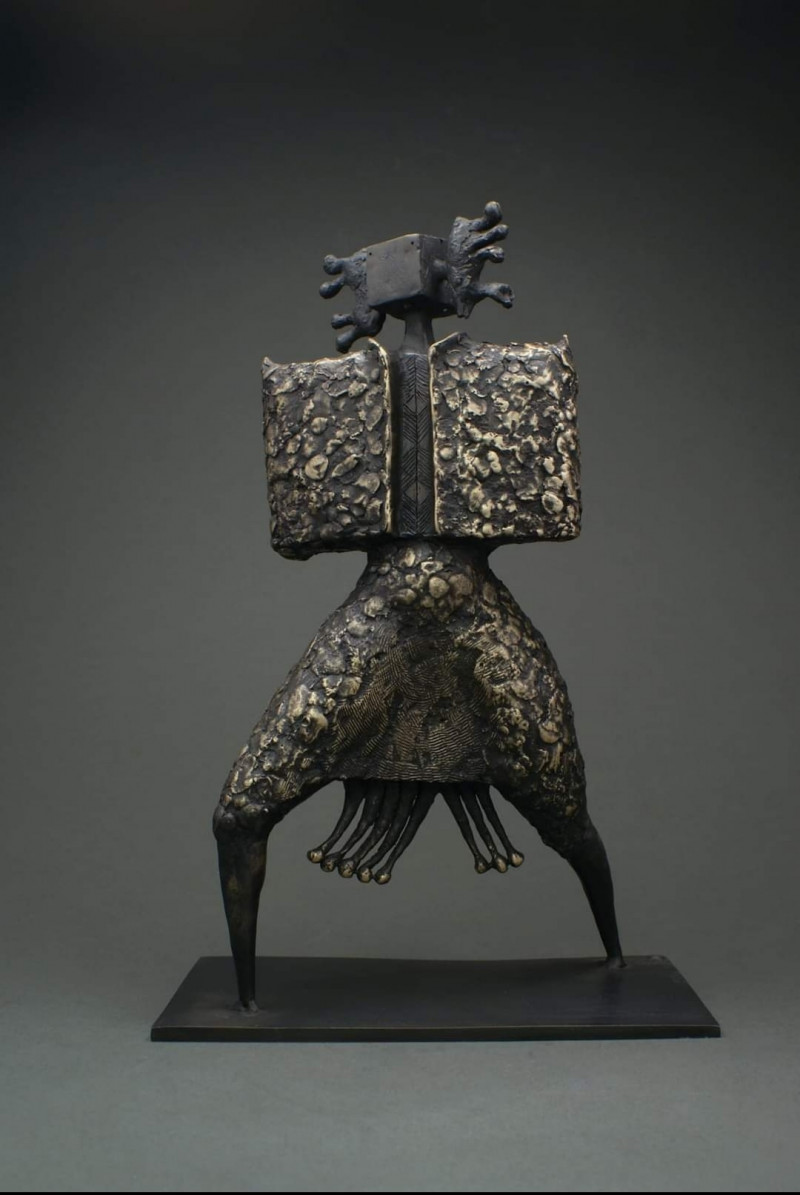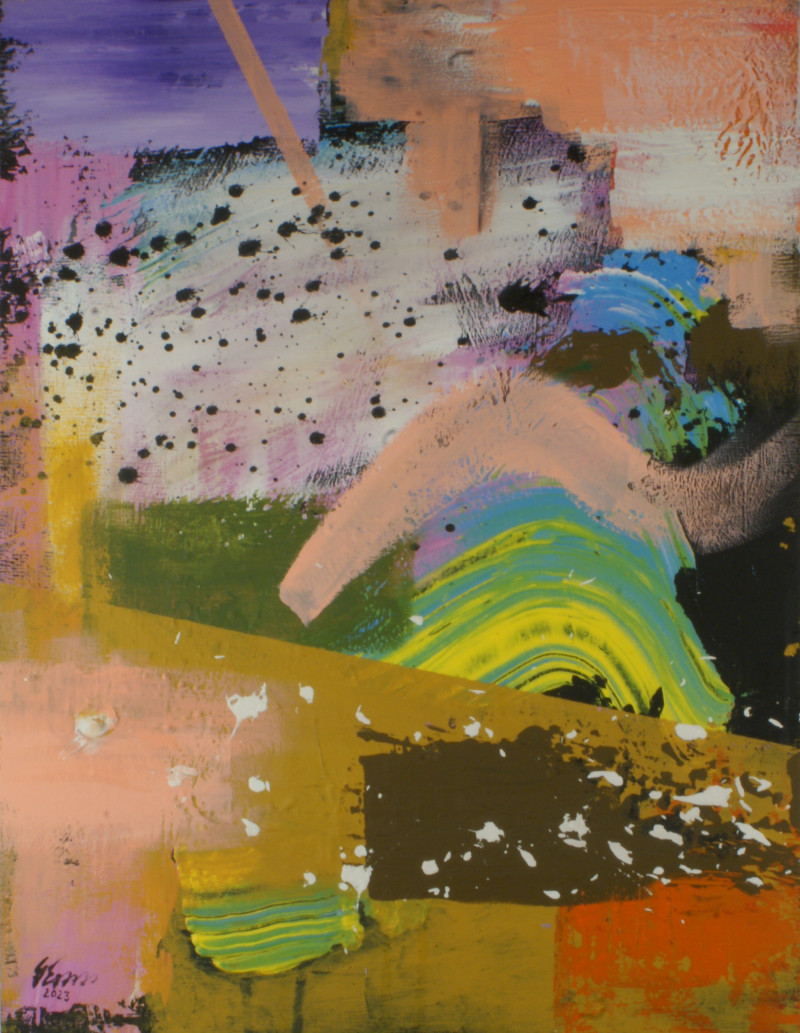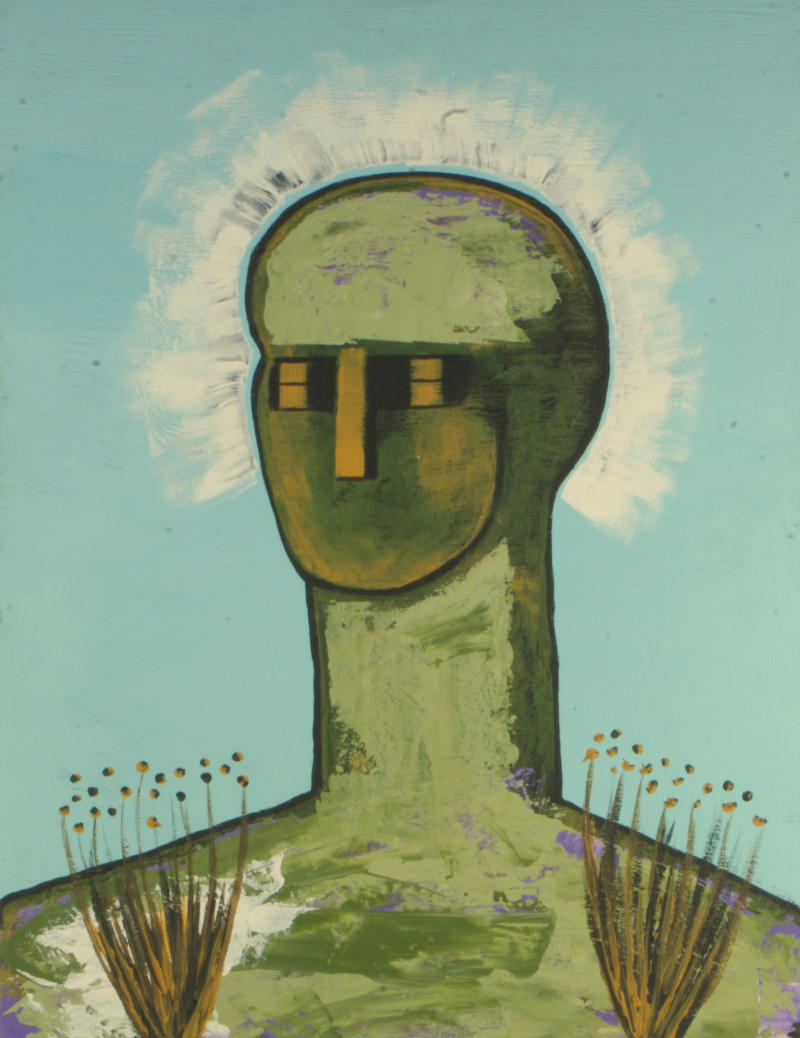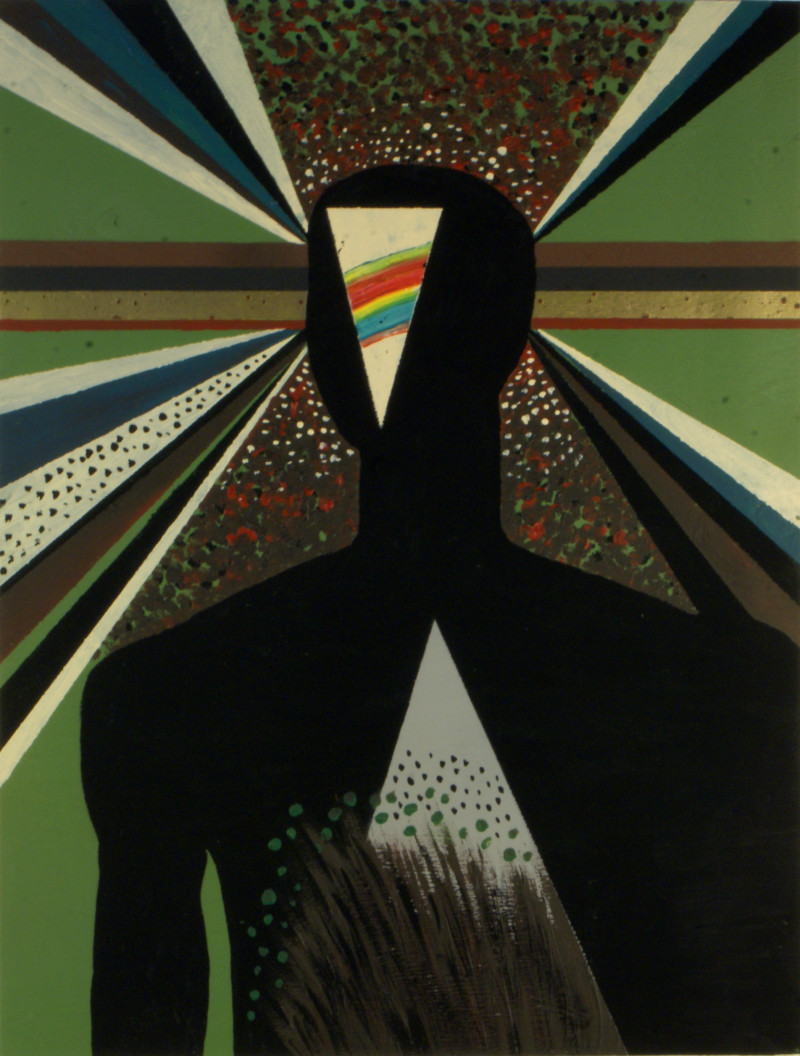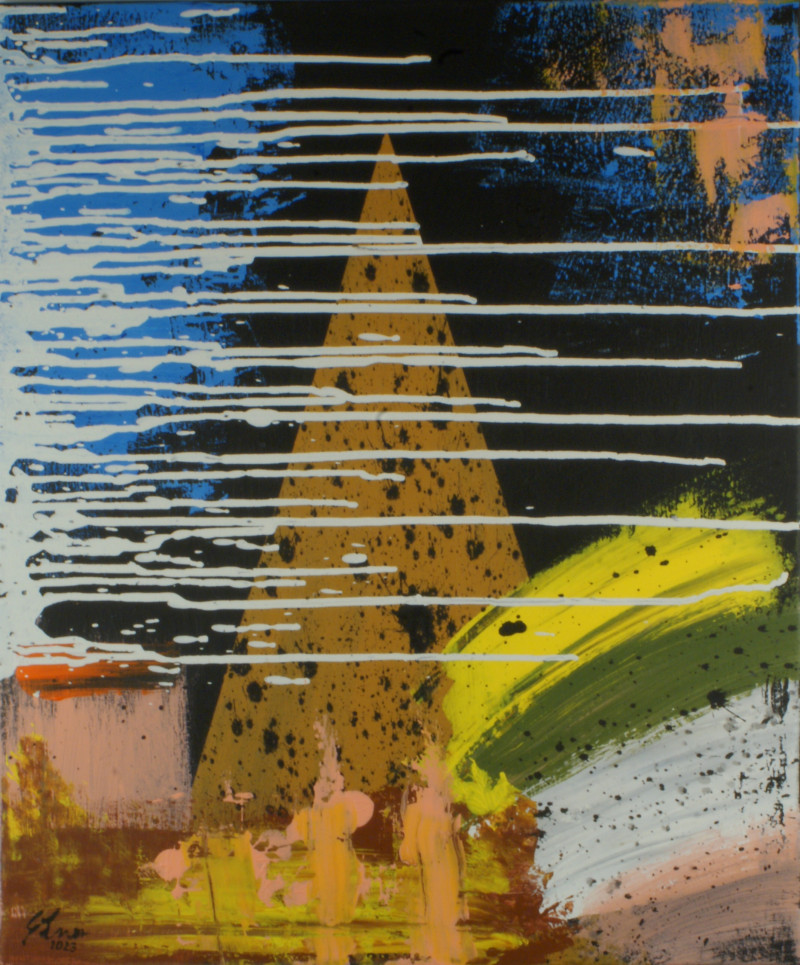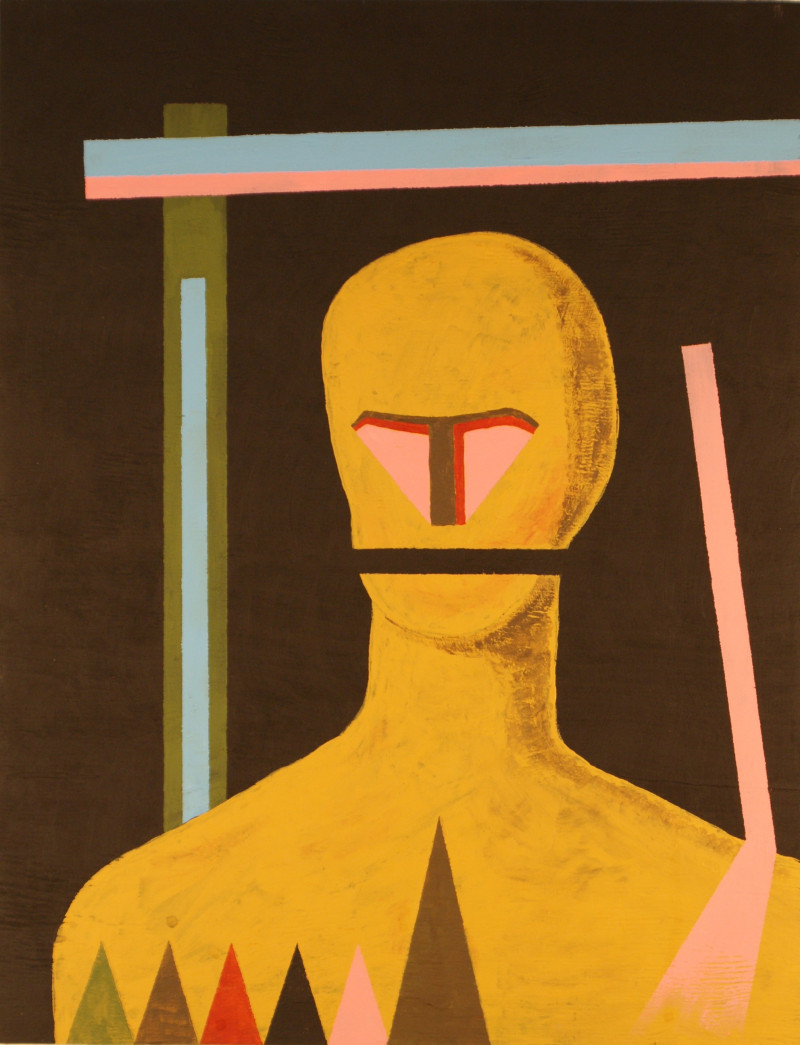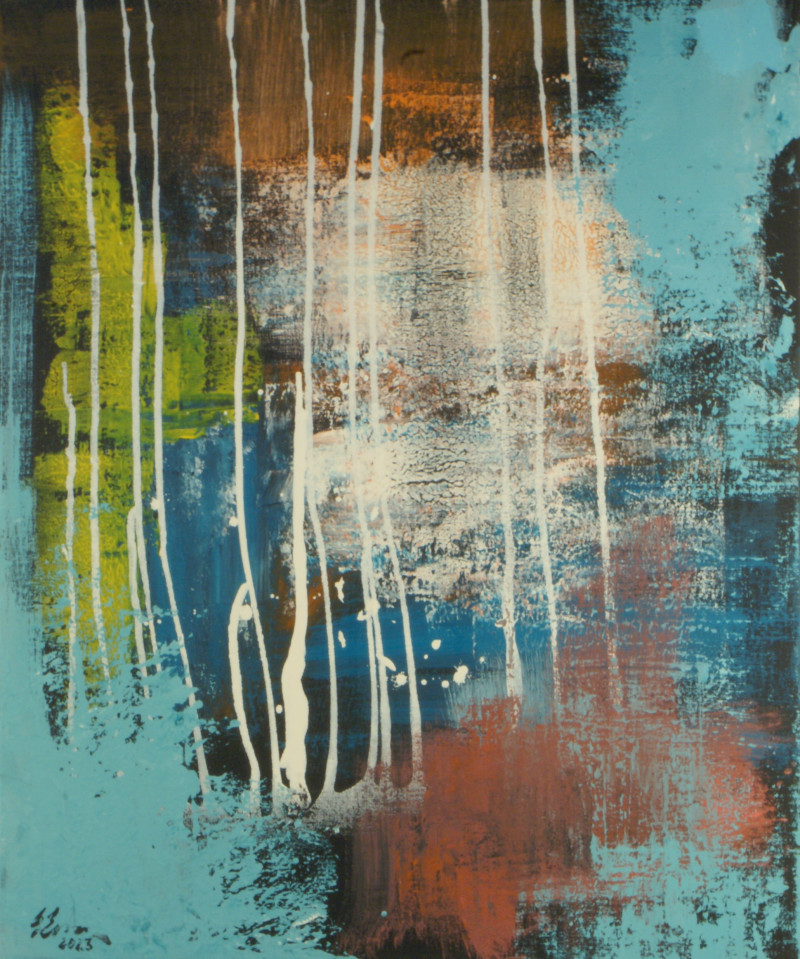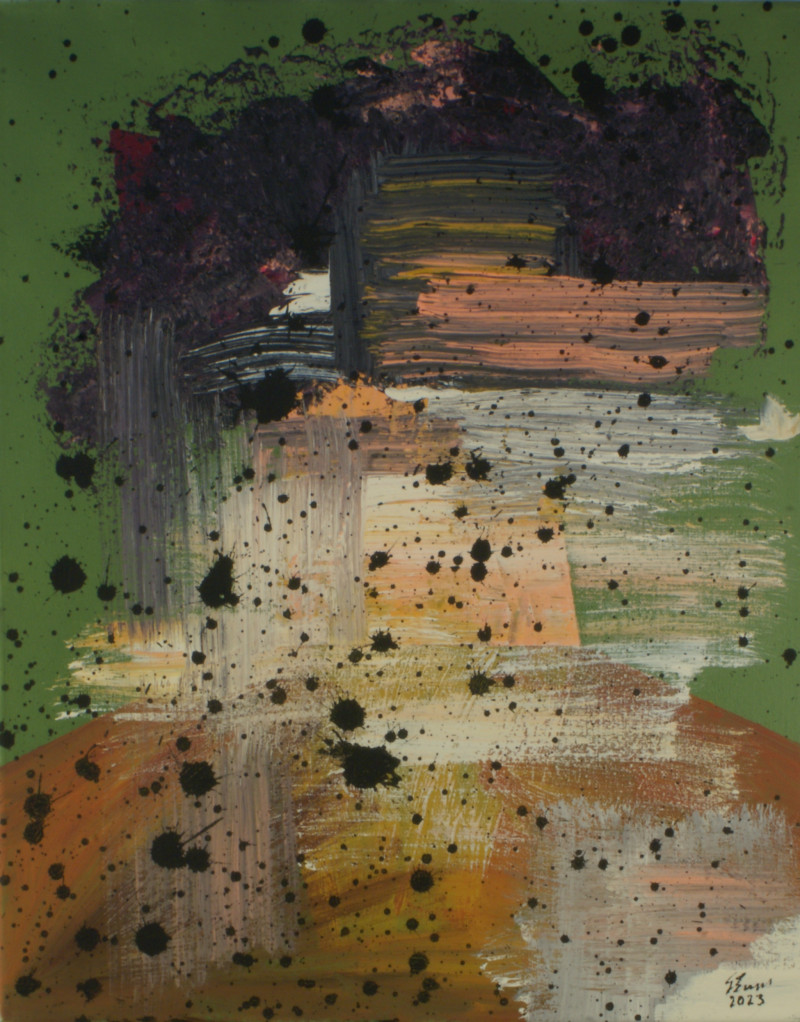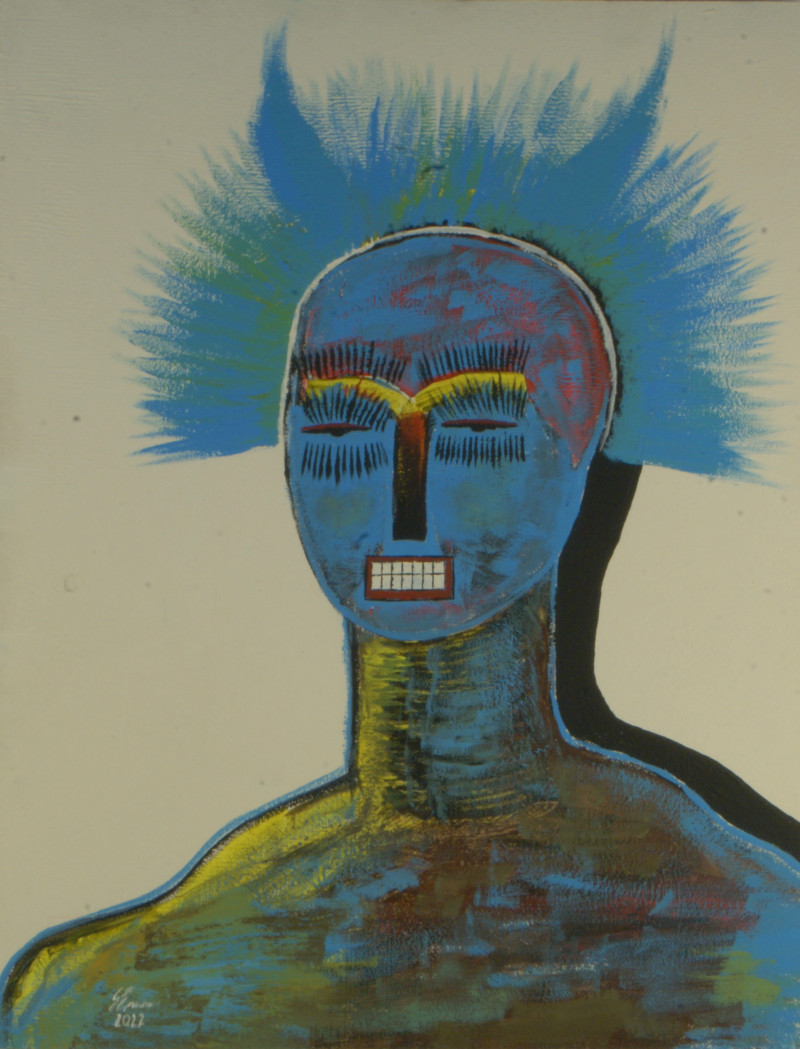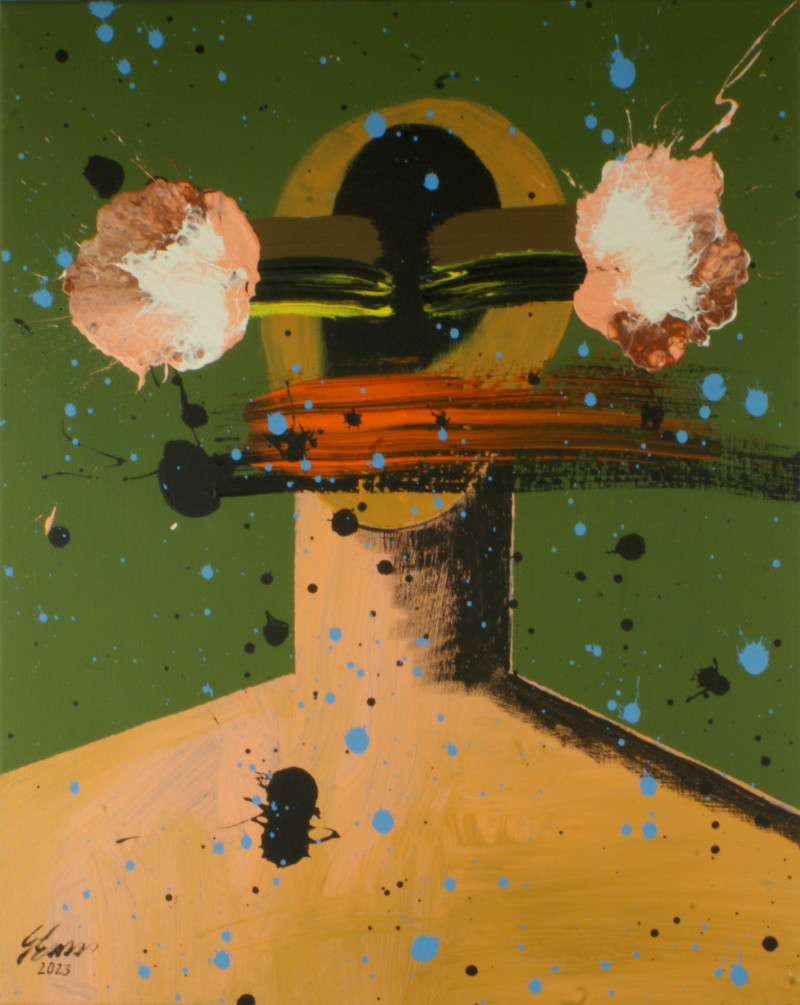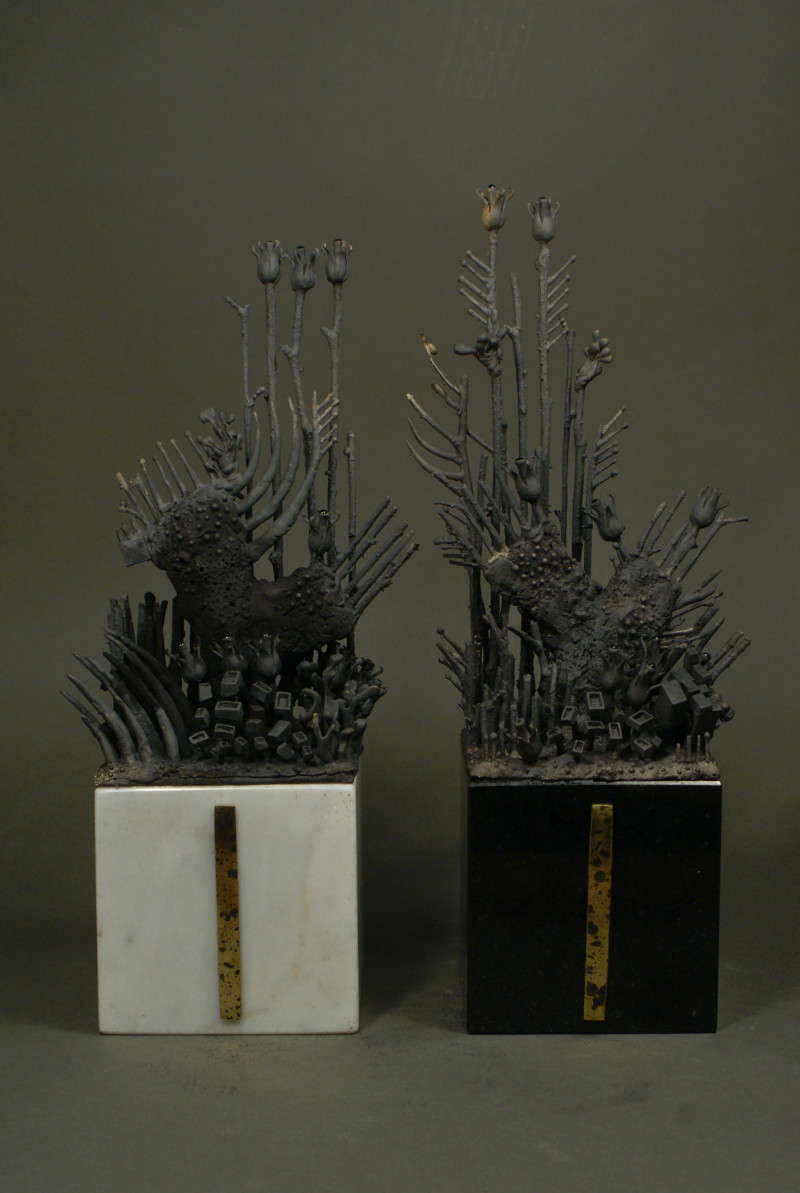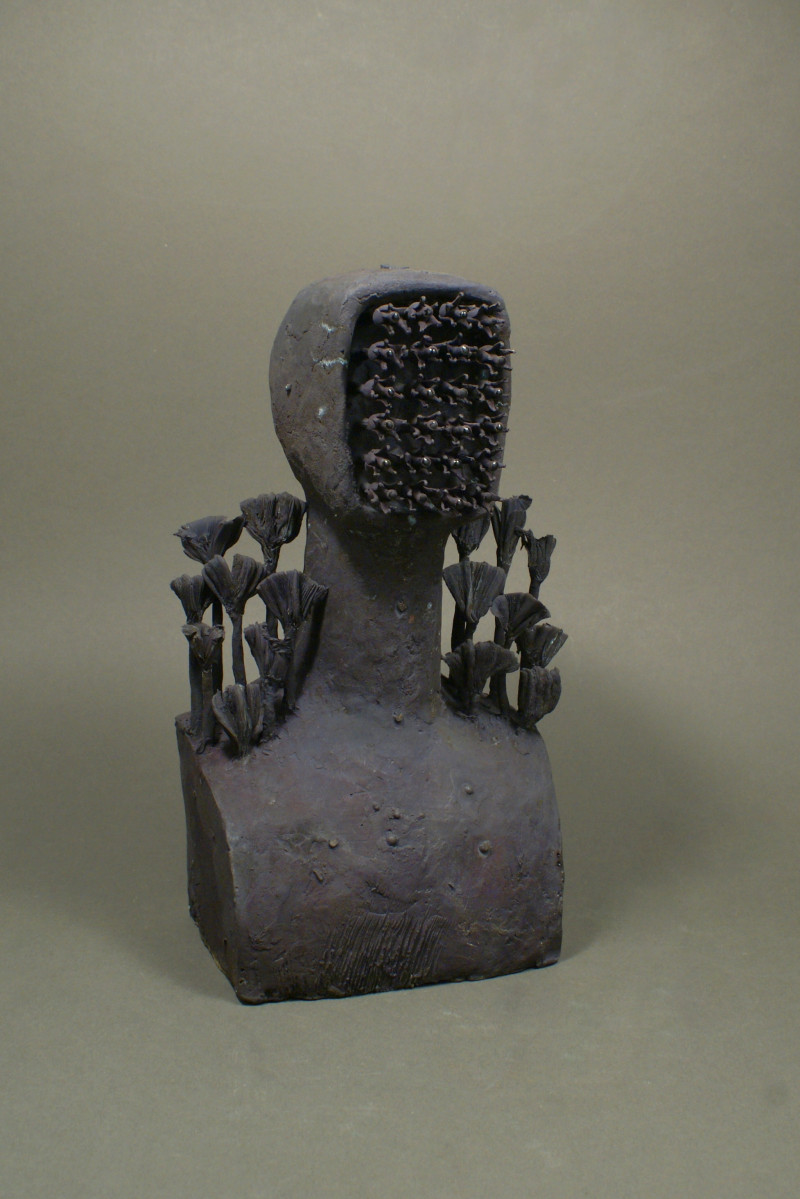Authors Artworks
About the author
Gediminas Endriekus was born in Plunge, western Lithuania, on 21 September 1982. From early childhood he liked to mould. In 2005 he graduated in sculpture from the Faculty of Fine Arts of Vilnius Academy of Arts in Telšiai. In 2007, he moved to Vilnius, where he got a job in a bronze foundry and started to work intensively. In 2015, he held his first solo exhibition of bronze sculptures, Prologue. In 2016, he joined the Lithuanian Artists' Union.
Gediminas Endriekus is very introverted in his work, and creates spontaneously by sketching. Later he selects his best works and brings them to life in bronze. From sketch to finished work, he completes the work himself.
Gediminas' works are dominated by standing, sitting abstracted human figures, creatures resembling animals or plants, sometimes transitioning into geometric forms, soft, angular, dynamic, others frozen in motion. Gediminas's main concerns are the question of the origin of man and the meaning of his existence. Thus, his works are often philosophical, reflecting emotions and dilemmas of being.
"Each piece has a meaning that I cannot describe. The thoughts about the work clear up after a while, like cloudy water settling, the understanding comes later. When I finish a work, I can rarely say the title right away, I have to slowly remember it. The meaning of the work doesn't have to be encapsulated in the word. Sometimes you try to talk about the work and all you hear coming out are the ordinary forms of words that are normally used on these occasions. Then the real meaning of the work recedes with every spoken word. No matter how banal it may sound, the meaning has to be felt, not put into words," the artist says about his work.
Lithuanian Artists’ Association Member
This artist was acknowledged by the Ministry of Culture of the Republic of Lithuania
